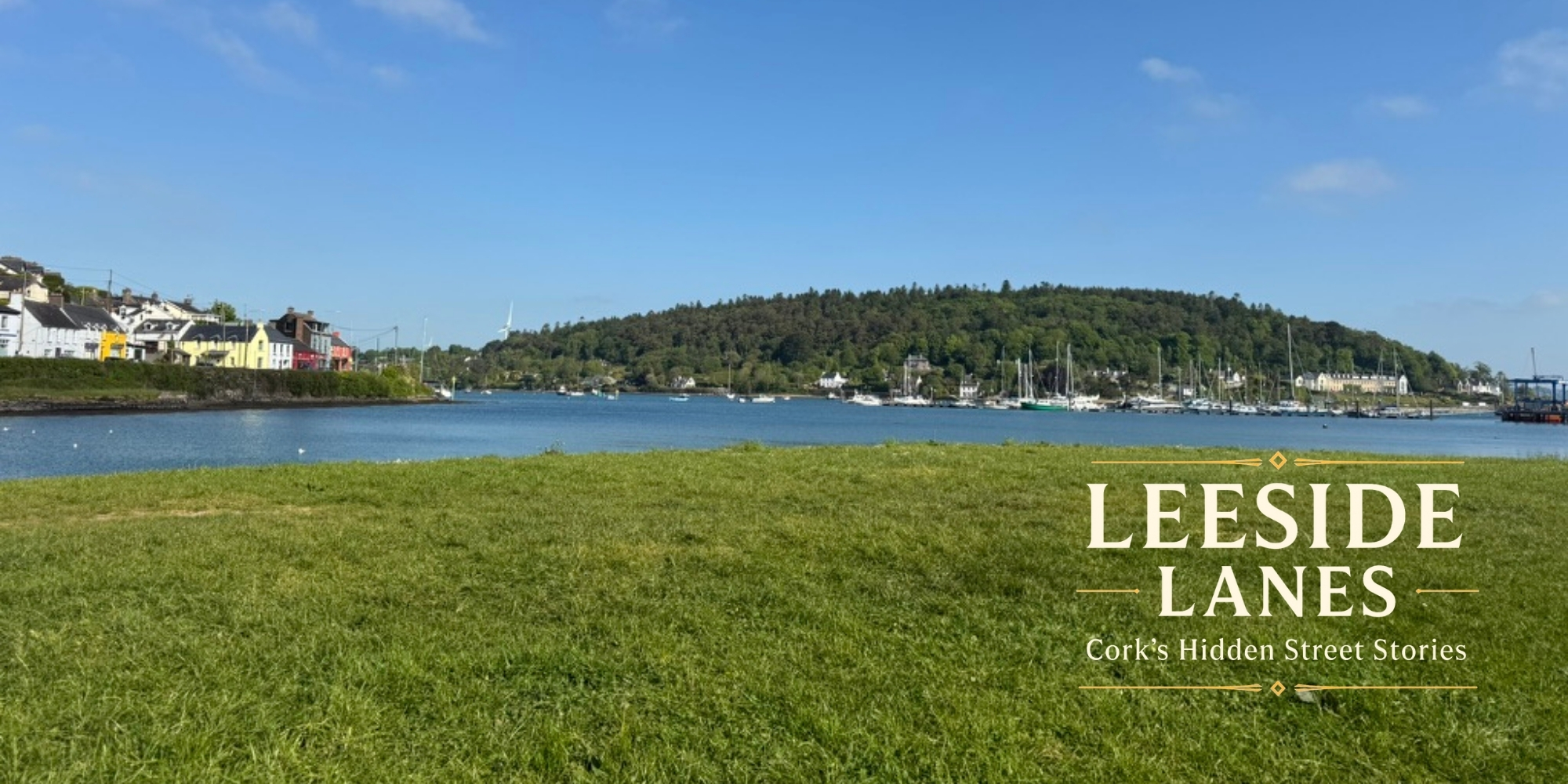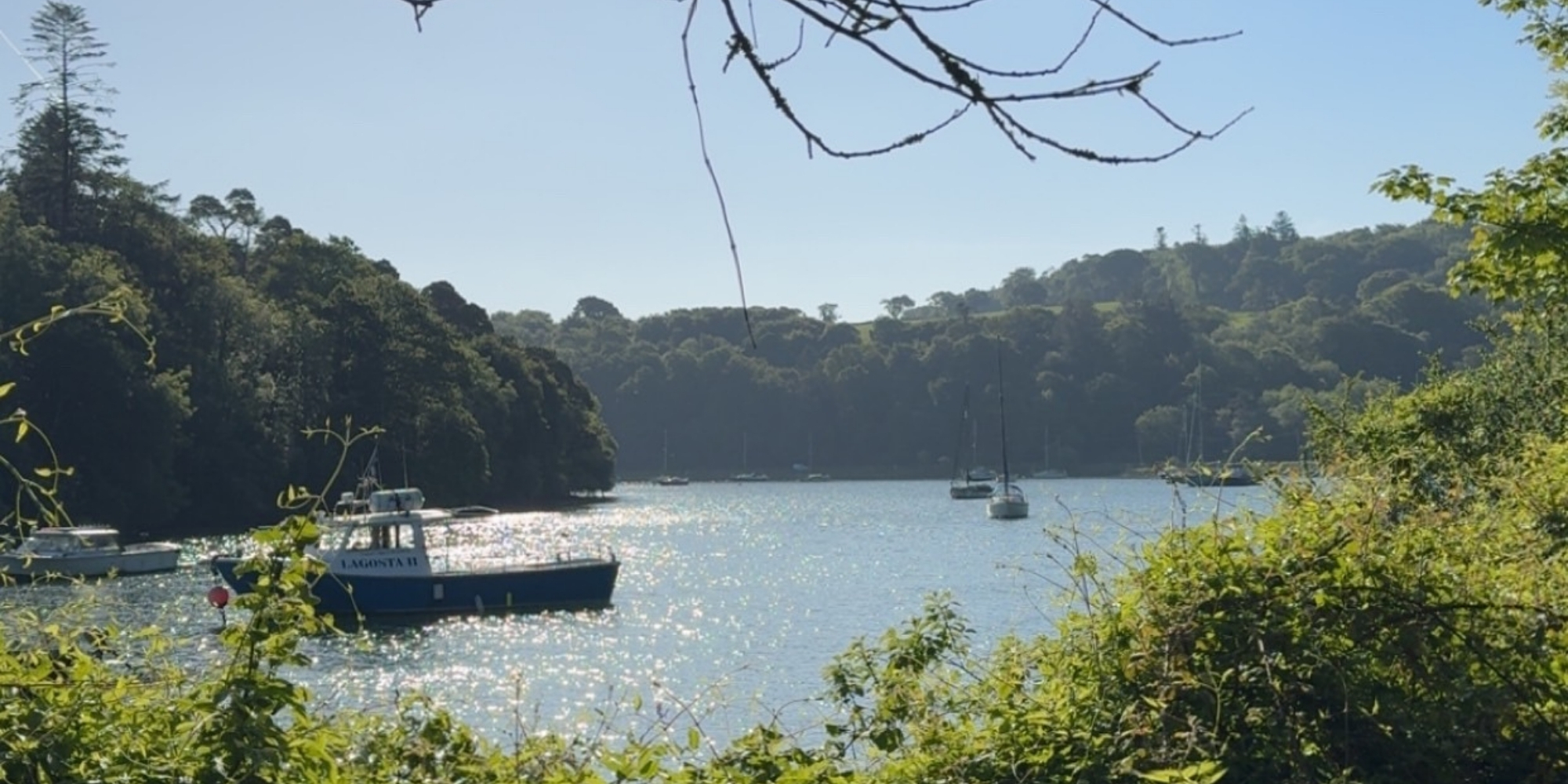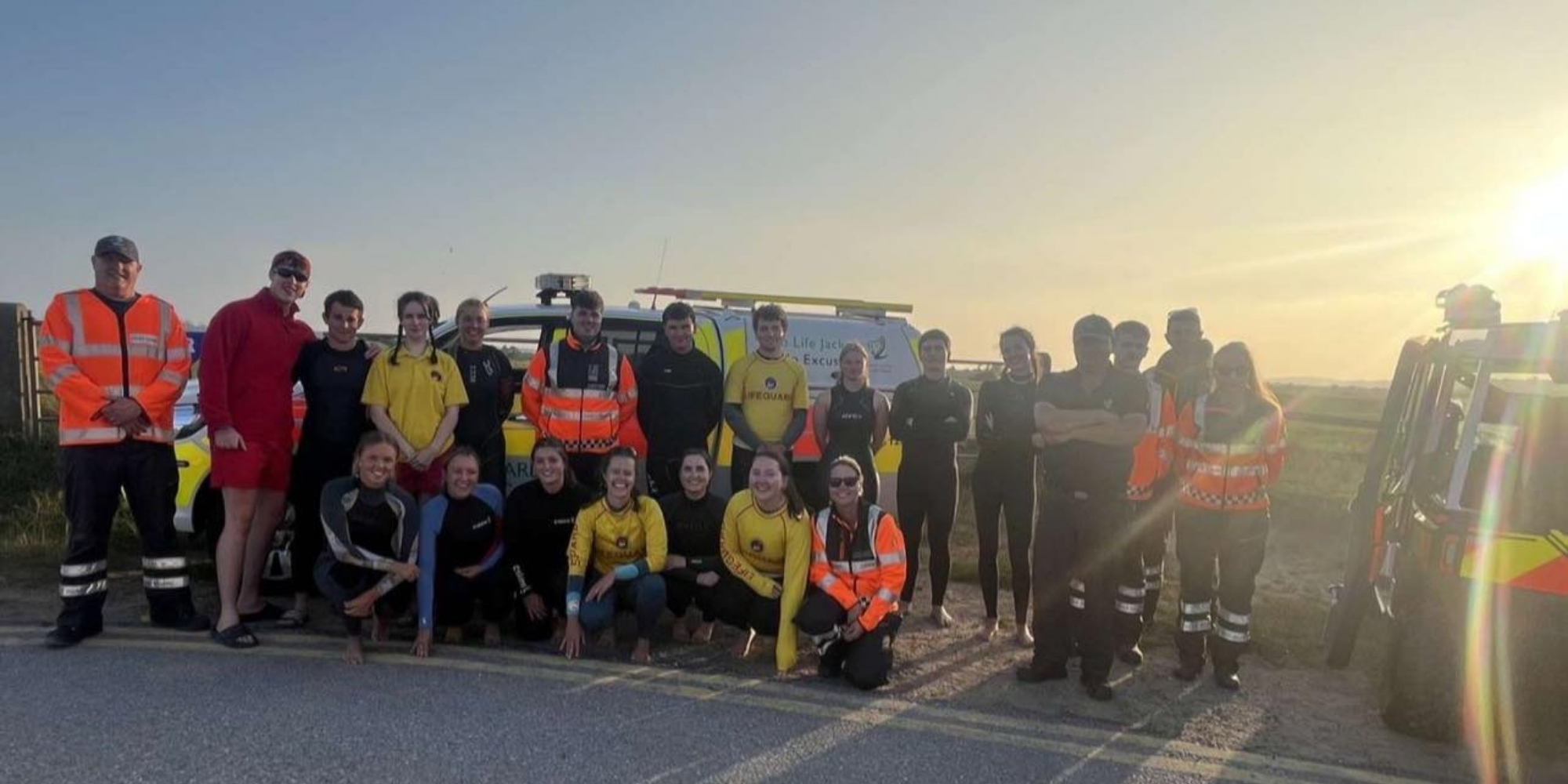Crosshaven: Where Viking Heritage Meets World-Class Sailing in Cork's Maritime Jewel
Crosshaven: Where Camden Fort's tunnels hide beneath luxury yachts.

- Crosshaven's extraordinary journey from 9th-century Viking settlement to home of the world's oldest yacht club reveals a village shaped by over 1,000 years of continuous maritime heritage, where Georgian mansions and coastal fortifications frame Ireland's premier sailing destination.
From Viking Longships to Racing Yachts
The story of Crosshaven begins with Viking settlers who established what became known as the "Ostman's Tancred" in the 9th-10th centuries, after Cork city had become an English stronghold. This strategic position at the mouth of the River Owenabue, where it meets Cork Harbour, has defined the village's destiny for over a millennium.
The Irish name "Bun an Tábhairne" translates either as "mouth of the River Sabhrann" or "mouth at the tavern," whilst the English name derives from "Cros tSeáin" (John's Cross), referring to a large cross erected to be visible to all ships entering the harbour. The earliest written form, "Crosson," appears in legal documents from 1301.
By 1837, Lewis's Topographical Dictionary recorded 513 inhabitants in approximately 100 houses, describing them as "small but well built." The Victorian era brought significant development, transforming this fishing village into a fashionable seaside resort with "several handsome villas and lodges" serving summer visitors seeking sea-bathing.
The Cork, Blackrock and Passage Railway reached Crosshaven on 1 June 1904, completing a 50-minute journey from Cork city. This narrow-gauge line, requiring significant engineering including a 300-foot lattice bridge over the Owenabue River, operated until 1 June 1932. Today, the former railway line serves as a popular 5-mile greenway connecting Crosshaven to Carrigaline, offering scenic walks and cycle routes along the estuary.
The World's Oldest Yacht Club
The most significant date in Crosshaven's history is 1720, when William O'Brien, 4th Earl of Inchiquin, and five friends founded the Water Club of the Harbour of Cork. Now recognised by Guinness World Records as the world's oldest yacht club, it received permission to fly the Union Jack in 1759 and gained its "Royal" prefix from King William IV in 1831.
The Royal Cork Yacht Club's prestige attracted international royalty, including Prince Ferdinand Maximilian of Austria (later Emperor of Mexico) and Britain's Prince of Wales (the future King Edward VII), who sailed his famous yacht Britannia in several RCYC regattas.
In 1966, the club relocated from its magnificent Italianate clubhouse in Cobh to Crosshaven, merging with the Royal Munster Yacht Club (founded 1872). This single event transformed the village's economy and identity, establishing it as Ireland's premier sailing destination.
Today, the biennial Cork Week regatta draws over 3,000 competitors and 15,000 spectators, making it Europe's premier sailing event. The club's marina, Ireland's first to achieve Five Gold Anchor status in 2011, provides 220 berths alongside comprehensive facilities.
Fortifications and Military Heritage
Rising 67 metres above sea level on Ram's Head, Camden Fort Meagher represents one of the world's finest examples of a classical coastal artillery fort. Initial fortifications date from approximately 1550, with the current structure resulting from major reconstruction between 1861-1863.
The 45-acre site features 65% underground construction, including extensive tunnel networks and the remarkable Brennan torpedo tunnel, engineered for what was described as the "world's first practical guided weapon" (1891-1907). The fort is protected on its landward side by a formidable dry moat, at points 40 feet deep and 28 feet wide.
Fort Camden served as one of three Treaty Ports retained by Britain after Irish independence until the historic handover ceremony on 11 July 1938, attended by Éamon de Valera. Renamed Fort Meagher after Thomas Francis Meagher, who first presented the Irish tricolour flag, it operated as an Irish Army coastal defence position until 1989.
Since 2010, the "Rescue Camden" volunteer group has transformed the once-derelict site into a premier heritage attraction, open seasonally from May to September for guided tours.
Architectural Treasures
Crosshaven House, built in 1769 by William Hayes, stands as one of Ireland's finest examples of domestic Georgian architecture. This three-storey Palladian mansion, designed by Sardinian architect Davis Ducart (also responsible for Limerick's Custom House), features two almost identical facades of grey ashlar stone. The opulent interior, completed around 1810 by Italian craftsmen, showcases exquisite plasterwork. Now meticulously restored, it hosts private events and seasonal public tours.
Holy Trinity Church (1866-1868) showcases William Burges's signature Gothic Revival style. The same architect who designed Cork's St. Fin Barre's Cathedral created this gracefully proportioned limestone church with exceptional stained glass windows. St. Brigid's Catholic Church (1869), designed by Edward Welby Pugin, adds to the village's ecclesiastical heritage.
The ruins of the medieval Templebreedy Church, with its distinctive stone steeple visible from the harbour, mark centuries of continuous worship. Local efforts to "Save Our Steeple" aim to preserve this prominent landmark for future generations.
Contemporary Crosshaven
Today's Crosshaven thrives with over 30 active businesses serving its population of approximately 2,700 residents. Cronin's Traditional Pub, a third-generation family establishment operating since 1970 in a building dating to 1892, anchors the hospitality scene alongside its attached Mad Fish Restaurant, renowned for fresh seafood.
The Oar Bar & Restaurant overlooks the harbour with nautical-themed dining and live music, whilst The River's End Café has quickly become a community hub, serving indulgent breakfasts and home-baked treats with outdoor seating catching the morning sun.
Lynch's Centra serves as the village's one-stop grocery and social hub, even making national news in 2024 when proprietor Bernard Lynch's humorous "sushi (or 'soochi')" promotion went viral online. A new Priory Coffee Co. branch opened in 2024, complementing existing cafés.
Marine services remain central to the economy, with Crosshaven Boatyard (established 1961, acquired by Green Rebel Group in 2020) offering full-service facilities including a 40-ton hoist. McWilliam Sailmakers in The Square produces world-renowned sails and their iconic sailcloth bags have become symbols of the sailing lifestyle.
Natural Beauty and Local Legends
The Carrigaline to Crosshaven Greenway offers scenic walks along the former railway line, passing the tranquil Drake's Pool. Local legend claims Sir Francis Drake hid here from the Spanish Armada in 1589, though historian Julian Corbett demonstrated Drake could only have visited during 1573-75, making the tale historically impossible despite its enduring popularity.

The coastline features several beaches: Graball Bay and Church Bay closest to the village, with Myrtleville and Fountainstown's sandy stretches popular during summer months. Victorian sensibilities once divided Church Bay into "The Men's Pool" and "Ladies Bay."
Community spirit runs deep, with the annual Traditional Sail Regatta celebrating its 30th anniversary in June 2025 with fireworks, a Blessing of the Boats, and Sea Sunday tributes. The Christmas lights ceremony sees Santa arrive by lifeboat, whilst the Irish Redhead Convention, founded here in 2010, has become the world's largest gathering of redheads.
Future Challenges and Opportunities
Crosshaven has evolved from seasonal resort to year-round residential community serving Cork city and Ringaskiddy pharmaceutical industry commuters. Major developments like Brightwater (200+ houses, 2003) drove population growth from 513 inhabitants in 1837 to today's thriving community.
However, infrastructure constraints pose challenges. Local representatives note that "lack of parking, proper road infrastructure, and limited wastewater capacity" may exclude Crosshaven from Fáilte Ireland's Cork Harbour Tourism Plan despite exceptional heritage assets. A proposed €80 million zero-emission ferry service connecting 17 harbour locations could provide sustainable transport solutions whilst preserving the village's maritime character.
Bus Éireann routes 220/220X currently provide 30-minute peak frequency service to Cork city via Carrigaline, taking approximately one hour.
A Living Maritime Legacy
Crosshaven represents a remarkable continuity of maritime heritage spanning from Viking longships to Olympic-class racing yachts. The village successfully balances its role as home to the world's oldest yacht club with its identity as a close-knit community where neighbours chat on the pier and children learn to sail on summer mornings.
Notable figures include Dan Desmond (1913-1964), who served as a TD for seventeen years and became Labour Party deputy leader; Olympic sailor John Somers Payne (1926-2013), who competed in the 1956 and 1960 Olympics; and James Joyce, whose aunt founded Coláiste Mhuire secondary school, with Crosshaven appearing twice in "Ulysses."
This unique blend of international prestige and authentic Irish coastal life, where Tudor Gothic architecture meets traditional pubs and world-class marinas coexist with family beaches, ensures Crosshaven's enduring appeal as Cork's maritime jewel.



